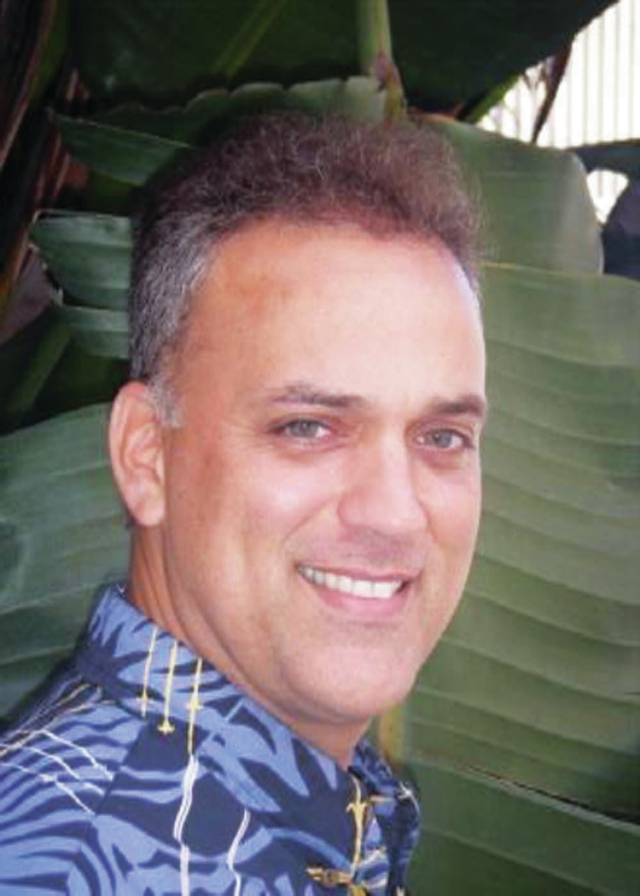Hawaii’s population is growing and graying. ADVERTISING Hawaii’s population is growing and graying. State and county population estimates released Thursday by the U.S. Census Bureau track several variables, including overall population growth as well as demographic trends such as age,
Hawaii’s population is growing and graying.
State and county population estimates released Thursday by the U.S. Census Bureau track several variables, including overall population growth as well as demographic trends such as age, gender and race. The Population Estimates Program data is considered an official tally in between the decennial Census.
Hawaii County’s population as of July 1, 2015, was 196,428, an increase of 1.2 percent over 2014 and 6.1 percent over 2010.
The fastest-growing group is the 65-and-older population, a trend typically attributed to the “the baby boomer generation … coming of age,” said Kimo Alameda, director of the Hawaii County Office on Aging.
“Nationwide, we call it the Silver Tsunami,” Alameda said. “It’s kind of at the shoreline.”
Statewide, the senior population has grown about four times faster than the general population.
Hawaii County has the highest percentage of residents older than 65 (18.3 percent) and the highest median age (41.3 years old). Kauai County is close behind, with 18 percent of its residents in the 65-plus demographic and a median age of 41.2 years old.
Alameda said the office pays close attention to Census data, as it helps forecast future service needs.
“A lot of our seniors are living longer, and they’re stronger,” he said. “They’re 65, but they’re still active … they’re in kupuna softball, they’re bowling, they’re golfing. When they start hitting 75, 80, then they can become frail,and that’s where the need is.”
A frail senior is “somebody who cannot perform an activity of daily living like bathing (or) driving,” Alameda said.
The Office on Aging’s primary aim is to help “gap” seniors: those who do not qualify for Medicaid but at the same time don’t the means to pay out-of-pocket for care and services. Funding for its programs comes mainly from the county itself, with additional help from federal and state resources.
“In about a decade, we’re going to have a large group of seniors needing the same services we provide now, but more overall numbers,” Alameda said. “They’re going to need the works.”
“Part of our forecasting is looking at the need as it grows exponentially, but also looking at (what) caregivers can provide (for) keeping our seniors active and socially engaged as long as possible,” he said. “Without the caregivers, our system would just crash.”
Other data included in the Census numbers tracked gender and racial demographics.
Hawaii County’s male and female populations are split almost evenly: 50.1 percent male and 49.9 percent female.
The county has the lowest percentage of Asian residents (44.8 percent) in the state and the highest percentages of Caucasian residents (56.4 percent) and Native Hawaiian and Pacific Islander residents (34.6 percent). All percentages include residents who are mixed-race. Maui County most closely resembled Hawaii County in terms of racial composition.
Nationwide, the Native Hawaiian and Pacific Islander population has increased 2.4 percent since last year. California has had the largest state increase for this demographic, and Clark County, Nev., the largest county increase.
The population estimate also took note of the voting-age population, which according to the document “may be of special interest” with elections being held soon. About three-quarters of the state population and Hawaii County’s population is 18 and older.
Email Ivy Ashe at iashe@hawaiitribune-herald.com.



